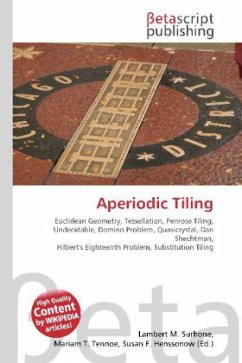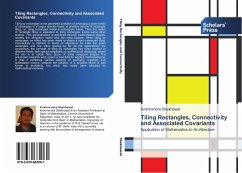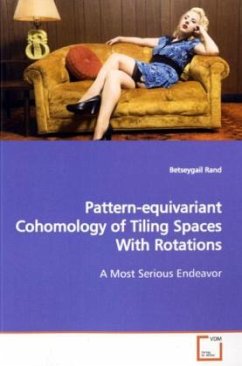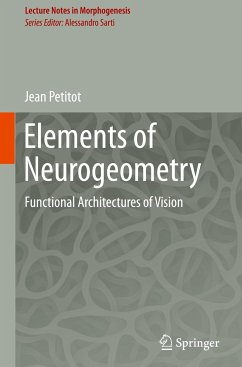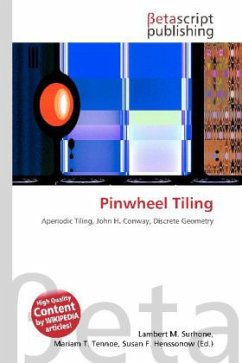
Pinwheel Tiling
Versandkostenfrei!
Versandfertig in 6-10 Tagen
26,99 €
inkl. MwSt.

PAYBACK Punkte
13 °P sammeln!
Please note that the content of this book primarily consists of articles available from Wikipedia or other free sources online. The pinwheel tiling is an aperiodic tiling proposed by John Conway and Charles Radin. It is constructed with a right triangle which appears in infinitely many orientations. This is its most remarkable feature, which was expressly sought by Radin. The first example with this property was proposed by Filipo Cesi, who used four tiles (two squares with incommensurate sides, a rectangle, and a triangle). Conway proposed a solution using just one triangular prototile with d...
Please note that the content of this book primarily consists of articles available from Wikipedia or other free sources online. The pinwheel tiling is an aperiodic tiling proposed by John Conway and Charles Radin. It is constructed with a right triangle which appears in infinitely many orientations. This is its most remarkable feature, which was expressly sought by Radin. The first example with this property was proposed by Filipo Cesi, who used four tiles (two squares with incommensurate sides, a rectangle, and a triangle). Conway proposed a solution using just one triangular prototile with dimensions 1,2, sqrt 5. If tile flipping is not allowed there should be right-handed and left-handed versions of the shape. The tiles do not match only edge-to-edge, but vertex-to-edge configurations occur. The full set of matching rules is rather complicated, so the standard method to construct the tiling relies on substitution.






